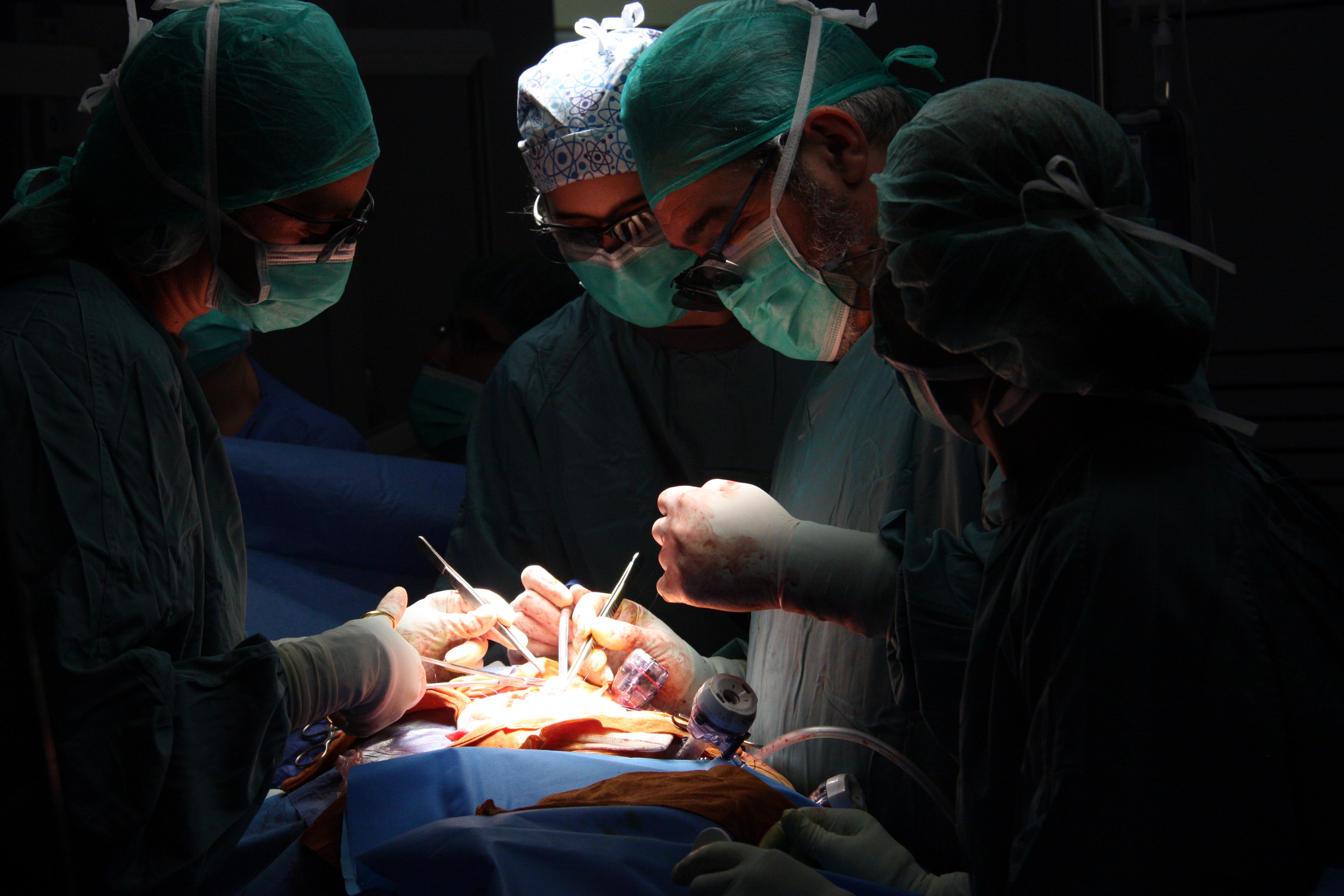Vall d’Hebron Hospital opens new surgical ward with cutting-edge technology
The surgical facilities at the Vall d’Hebron Hospital in Barcelona were created in the 50’s. Now, half of a century later, the hospital has launched a new surgical ward for highly complex surgery. It has 10,000 square metres and 19 operating theatres with cutting-edge technology. The coordinator of surgical activity, Joan Anton Huete, said that the new block will admit “a larger number of patients” and, therefore, waiting lists will be reduced. The Hospital expects to conduct more and better operations, because the surgery will be less aggressive, a fact that can make the postoperative care easier and shorten the hospitalisation period. The new surgical block has represented an investment of €37 million.

Barcelona (CNA).- Vall d'Hebron Hospital has launched a new surgical ward for highly complex surgery. With 10,000 square metres, the ward consists of 19 operating theatres with cutting-edge technology to incorporate all the new techniques. The operating theatres also incorporate neurosurgery browsers, 3D imaging systems, integrated sonography and a new model of the robot Da Vinci XI for performing minimally invasive surgery. Two operating theatres incorporate X-ray surgical arcs to see instantly the result of the operation, a really useful tool in vascular surgery. The Hospital expects to conduct more and better operations, because the surgery will be less aggressive, a fact that can made the postoperative easier and shorten the length of hospitalisation. The new surgical ward building represents an investment of €21million and the equipment cost is more than €16 million.
The surgical facilities of Vall d'Hebron dated to the 50’s, a time when neither transplants nor robotic surgery was a reality. Therefore, the centre has opted for renovating the facilities used to perform highly complex surgery. The project began in 2005, construction work followed in 2006 and not until 2013 was the equipment brought into the operating theatres.
The 19 operating theatres were designed hand in hand with surgeons and professionals who use them. The doctors, for instance, helped to decide how and where the screens would be placed and how the illumination should be. One novelty is that each surgeon will be able to configure their own profile depending on the intervention they need to perform and the position of the different devices will change automatically in accordance to their needs.
The facilities will reduce waiting lists
The new surgical facilities will enable more operations and therefore will have an impact on waiting lists. The coordinator of surgical activity at Vall d'Hebron, Joan Anton Huete, said that the new ward will admit “a larger number of patients”, taking also into account the beds available in the hospital. However, Huete does not believe that the bed availability will be a “limitation” because the new operating theatres also allow the use of less invasive techniques and, therefore, facilitate postoperative care.
In addition to the new operating theatres, the ward also has a 1,000 squared-metre robotised cupboard which distributes the material necessary for the interventions. Thus, professionals will no longer have to take the material from the warehouse, but will only have to select the package appropriate for each type of operation and the cupboard will do the job for them.